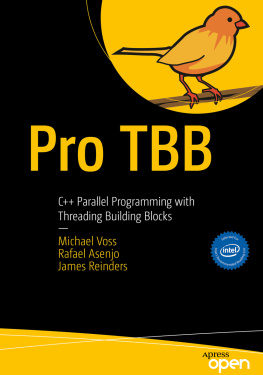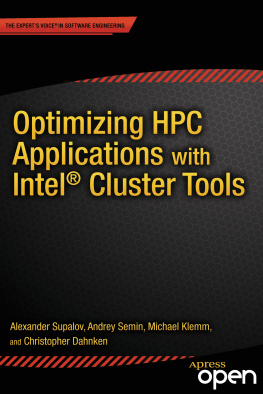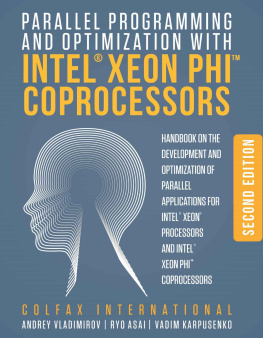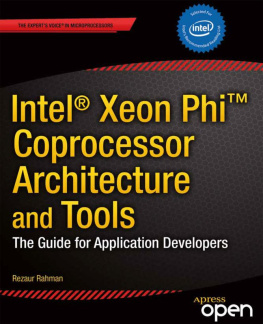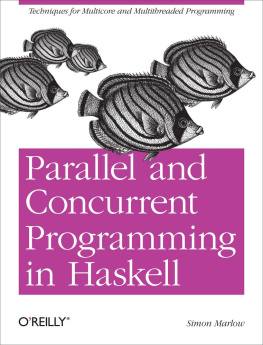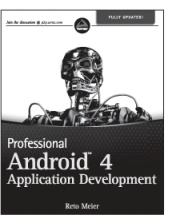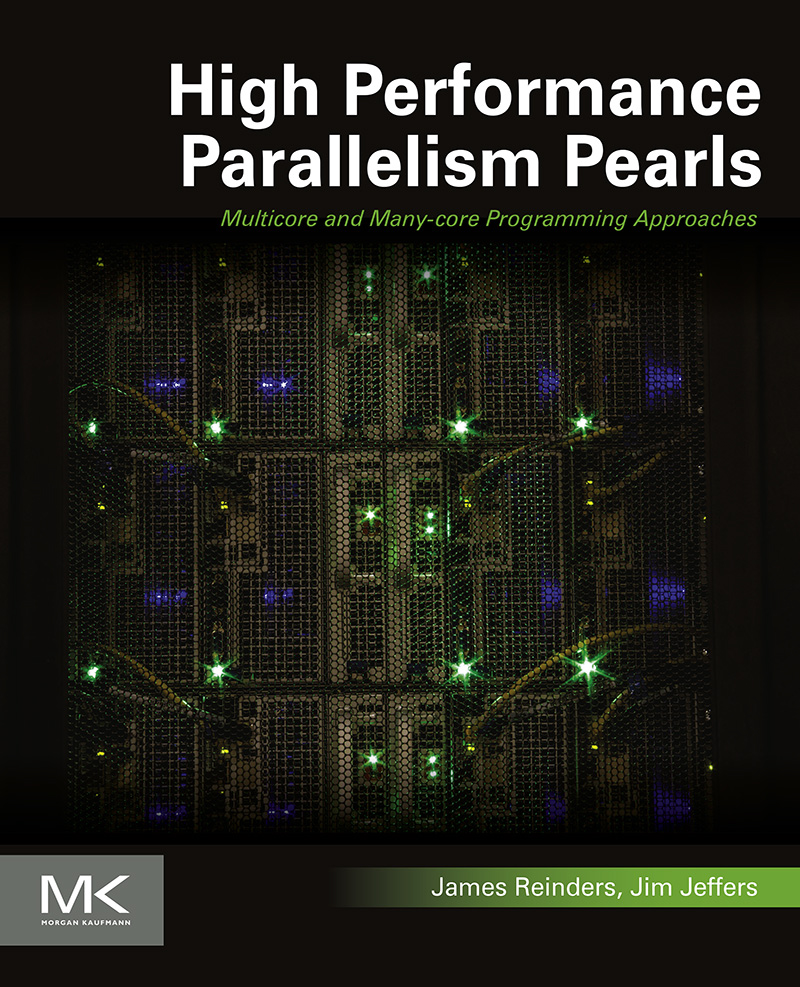James Jeffers - High Performance Parallelism Pearls Volume One
Here you can read online James Jeffers - High Performance Parallelism Pearls Volume One full text of the book (entire story) in english for free. Download pdf and epub, get meaning, cover and reviews about this ebook. year: 2014, publisher: Morgan Kaufmann, genre: Home and family. Description of the work, (preface) as well as reviews are available. Best literature library LitArk.com created for fans of good reading and offers a wide selection of genres:
Romance novel
Science fiction
Adventure
Detective
Science
History
Home and family
Prose
Art
Politics
Computer
Non-fiction
Religion
Business
Children
Humor
Choose a favorite category and find really read worthwhile books. Enjoy immersion in the world of imagination, feel the emotions of the characters or learn something new for yourself, make an fascinating discovery.
- Book:High Performance Parallelism Pearls Volume One
- Author:
- Publisher:Morgan Kaufmann
- Genre:
- Year:2014
- Rating:3 / 5
- Favourites:Add to favourites
- Your mark:
High Performance Parallelism Pearls Volume One: summary, description and annotation
We offer to read an annotation, description, summary or preface (depends on what the author of the book "High Performance Parallelism Pearls Volume One" wrote himself). If you haven't found the necessary information about the book — write in the comments, we will try to find it.
Abstract: High Performance Parallelism Pearls shows how to leverage parallelism on processors and coprocessors with the same programming - illustrating the most effective ways to better tap the computational potential of systems with Intel Xeon Phi coprocessors and Intel Xeon processors or other multicore processors. The book includes examples of successful programming efforts, drawn from across industries and domains such as chemistry, engineering, and environmental science. Each chapter in this edited work includes detailed explanations of the programming techniques used, while showing high performance results on both Intel Xeon Phi coprocessors and multicore processors. Learn from dozens of new examples and case studies illustrating success stories demonstrating not just the features of these powerful systems, but also how to leverage parallelism across these heterogeneous systems. Promotes consistent standards-based programming, showing in detail how to code for high performance on multicore processors and Intel Xeon Phi Examples from multiple vertical domains illustrating parallel optimizations to modernize real-world codes Source code available for download to facilitate further exploration
James Jeffers: author's other books
Who wrote High Performance Parallelism Pearls Volume One? Find out the surname, the name of the author of the book and a list of all author's works by series.



